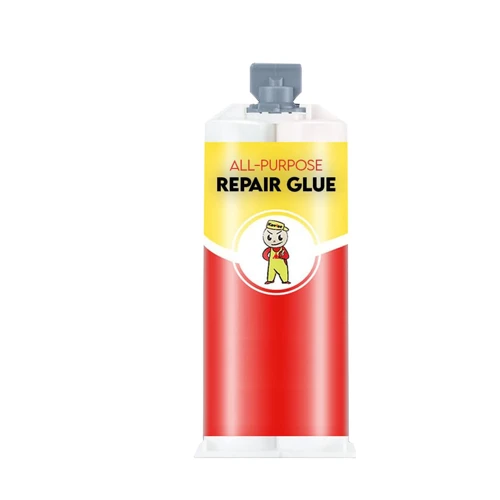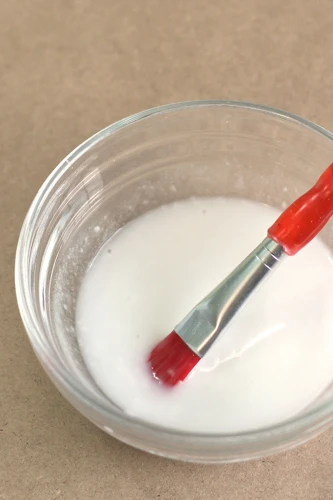Definition and Uses of Glue Repair
At the core, glue repair refers to adhesives specifically formulated to mend broken items, ranging from household goods to personal belongings. These versatile products are essential for bonding materials such as plastic, metal, wood, glass, and more. The right adhesive can restore integrity to items, making them as functional as they were before the damage occurred.
The Importance of High-Quality Repair Glue
Investing in high-quality repair glue is critical for ensuring a strong, durable bond that withstands the test of time. Inferior glues may fail to hold, leading to repeated repairs and potential damage to the item itself. A premium adhesive offers peace of mind that once something is fixed, it stays that way.
How to Get Repair Glue
Step-by-Step Guide to Acquiring Repair Glue
- Identify the type of material you need to bond.
- Research the best adhesive for that material.
- Check online retailers or local hardware stores for product availability.
- Read reviews and compare prices.
- Make an informed purchase.
Tips and Tricks for Efficient Glue Repair
For efficient glue repair, ensure the surfaces are clean and dry before application. Use the adhesive sparingly to avoid a messy bond, and always allow ample time for the glue to cure. Following the manufacturer’s instructions is crucial for optimal results.
B7000 Glue Alternative
What is B7000 Glue and its Common Uses?
B7000 glue is renowned for its strength and flexibility, often used in jewelry making, fabric repairs, and various crafts. Its clear finish and waterproof properties make it a go-to choice for many repair tasks.
Top Alternatives to B7000 Glue
If you’re searching for a b7000 glue alternative, consider epoxies, silicone adhesives, or cyanoacrylates, depending on the repair. Each of these adhesives offers specific benefits and may better suit your needs.
Comparing B7000 Glue with Other Adhesives
When weighing B7000 against its competitors, factors such as bonding time, material compatibility, and final appearance come into play. Always compare these aspects to choose the most suitable adhesive for your project.
DIY Repair Glue Solutions
Homemade Glue Repair Recipes
- Simple PVA recipe for paper and light wood repairs.
- Cornstarch glue for eco-friendly options.
- Flour-based adhesives for non-toxic needs.
Pros and Cons of DIY Glue Repair
DIY glue repair can be cost-effective and customized to your specific needs. However, homemade glues may lack the strength and durability of commercial products, limiting their application to less critical repairs.
Maximizing the Effectiveness of Repair Glue
Best Practices for Glue Application
To maximize the bond, apply pressure during the curing process, use clamps if necessary, and ensure the environment is suitable for the glue type. Adhering to these practices can significantly enhance the effectiveness of the repair.
Are you in a sticky situation and in need of some glue guidance? Whether you’re looking to bond materials together or find yourself needing to remove unwanted adhesive, we’ve got you covered. For tips on acquiring the right kind of adhesive, check out our guide on how to get glue. If your project requires a more discreet fix, you might be interested in our tutorial on how to make clear glue. And for those moments when the glue ends up where it shouldn’t, our recommendations on how to get glue out can help you clear up the mess without a fuss.
Common Mistakes to Avoid in Glue Repair
Avoiding common mistakes, such as using too much product, ignoring curing times, or bonding dirty surfaces, can prevent weak bonds and ensure a successful repair. Being mindful of these pitfalls will result in a more reliable fix.

